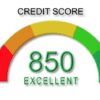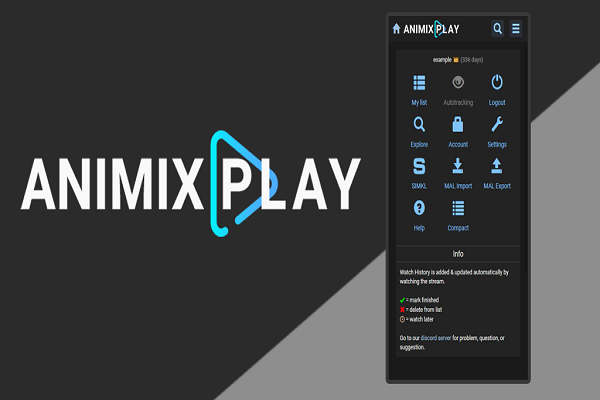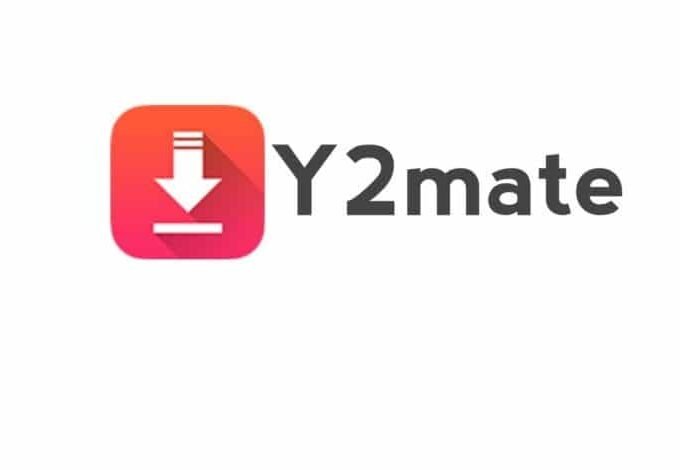Online courses are a hugely popular option with both the people and businesses that create them and the consumers that buy them these days. Courses can be an excellent way to help you build credibility and trust, bring in more income, help you sell other products or services, and much more.
But you need to be able to sell and market the courses effectively if your time developing them is going to pay off. Here are some tips you can use to help you do just that.
Tips for an Online Course
Know Your Audience
The first step is to get very clear on who your prime audience is for the offering you’re putting together. You need to know your target demographics to design the content appropriately for them and the processes you create. If you don’t, you risk putting in a lot of hard work only to have the course fall flat because it doesn’t land appropriately with the people you made it for.
Build a Sales Page that Works
An effective sales page is the number one thing you need to get people buying your online course. This should therefore be one of your top priorities to work on. You need a page that converts by making it abundantly clear to readers why they should invest the money in what you’ve created. You need to write strong sales copy that explains how you solve a problem for your customers and why you’re the person who can help them with this.
Try to tell a story across this page since stories are an excellent way for us as humans to connect and engage with ideas and information. Use lots of benefit-driven language and recognize and prepare for objections by overcoming potential reasons people might hold off on buying on your sales page.
Bring up some of the common concerns people have and then explain why they don’t need to worry about this and how your product(s) mitigate the risks that might be top of mind for them. For instance, you might offer a week, fortnight, or 30-day money-back guarantee with your online courses.
Build and Reach Out to a Subscriber List
To get sales coming through the door, you want to have one or more subscriber lists to which you can advertise your products. Email and SMS databases are both great to have; it depends on your product type, industry, target audience, etc., as to which you might want to focus on first.
You’ll want to create an email or SMS sign-up form on your website homepage that’s quick and easy for people to fill in. Don’t make them input more details than necessary, as the longer it takes and the more personal information they have to share, the more likely they are to hesitate in signing up. You might also like to put sign-up forms on your social media pages, and, if you already have a brick-and-mortar store or office, you could add sign-up forms there, too.
Be sure the forms mention the value of signing up. Let people know what type of content they’ll receive and how it can benefit them. For example, you might mention that they get the first chance to sign up for your course or that they’ll get a great offer to buy it.
Once you have your lists built up to at least a couple hundred or so, it’s time to start sending out content. Keep messages as short and sweet yet value-laden as possible. Everything should be clear and specific, and written for your audience. Avoid slang and too many abbreviations, and always include a call to action in each message, so readers know what steps to take next.
You can also utilize helpful tech tools to streamline your sales and marketing campaign. Use programs to automate messages, segment lists, and more. From there, you should see that both email tools and comprehensive mass texting software have data tracking and reporting features to get an idea of open and click rates and other helpful details that will enable you to see how effective different communications are.
Other Solutions
There are also many other sales and marketing tactics you can utilize. For example, use live events to give consumers a sneak peek into your course. You might run a webinar or do live presentations to get people interested in signing up. Plus, create a lead magnet to get people to sign up to your databases more willingly – provide them a way to start seeing why you have so much value to offer. Attract leads and build trust with free downloads, handouts, videos, etc.
Next, buy ads in relevant places, such as on Facebook and Google, and partner with influencers with the same target market as you and can help more people see your offers. For instance, see if you can provide a guest blog for a trusted site or get interviewed on a podcast. Finally, keep testing and measuring all your marketing and sales avenues as you go along and improve your content to boost results.
An online course takes a lot of effort to produce, so you don’t want to face low sales once you launch the product out into the world. Focus on some of the above strategies to help you achieve your goals.
Read More








Leave a comment